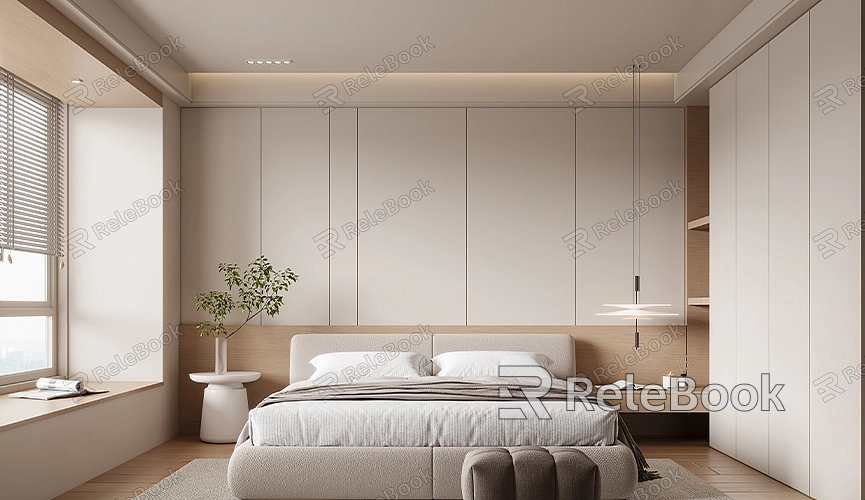How to Get Blender to Render Using GPU
Rendering in Blender is a computationally intensive process that demands significant computational resources. By default, Blender typically utilizes the CPU for rendering, but employing the GPU (Graphics Processing Unit) can drastically accelerate rendering speeds. This article will detail how to set up and utilize GPU rendering in Blender to enhance workflow efficiency and rendering quality.
Check Your Hardware
Firstly, ensure your computer is equipped with a GPU that supports GPU rendering. Blender primarily supports GPUs from NVIDIA and AMD. For NVIDIA GPUs, it's recommended to install the latest CUDA toolkit and drivers. For AMD GPUs, ensure you have the latest OpenCL drivers installed.

Enable GPU Rendering
Enabling GPU rendering in Blender is straightforward. Open Blender, navigate to the "Edit" menu, select "Preferences," and click on the "System" tab. Under the "Cycles Render Devices" section, you'll find a list of available GPUs. Check the GPU device you wish to use and close the preferences window.
Choose the Render Engine
Blender offers multiple render engines, including Eevee and Cycles. Eevee is a real-time render engine primarily using the CPU for rendering. On the other hand, Cycles is a path-tracing render engine that fully utilizes GPU computing power. For GPU rendering, it's advisable to select the Cycles render engine. In Blender's "Render Properties" panel, choose "Cycles" as the render engine.
Configure Rendering Devices
After selecting the render engine, further configure the rendering devices. In the "Render Properties" panel, locate the "Device" section and choose "GPU Compute." This setting directs Blender to use the GPU for rendering instead of the CPU.
Optimize Render Settings
To leverage the computational power of the GPU, optimize render settings. Here are some common optimization techniques:
- Sampling: Increase render sampling appropriately to enhance rendering quality. Higher sampling values result in finer images but increase rendering time.
- Light Bounces: Adjust light bounce settings to control how light propagates within the scene. Typically, higher light bounce settings produce more realistic lighting effects.
- Tile Size: GPU rendering often benefits from larger tile sizes. Adjust tile size in the "Performance" section; consider trying values like 256x256 or larger.
Use High-Quality Materials and Textures
When GPU rendering, employing high-quality materials and textures significantly enhances rendering results. In Blender, utilize the node editor to create complex material effects and employ high-resolution texture images. For extensive high-quality 3D textures, HDRI, or 3D model downloads, consider sourcing them from Relebook for seamless integration.
Adjust Lighting Setup
Lighting configuration directly influences rendering outcomes. Properly arranged lighting can make scenes more vivid and lifelike. In Blender, add various light sources such as point lights, directional lights, and ambient lights. Experiment with different lighting setups to find the most suitable illumination scheme for your scene.
Use Denoising
During rendering, noise can be a common issue. Blender includes built-in denoising tools that can be enabled in render settings. Denoising significantly reduces noise in images, resulting in clearer and smoother final renderings.
Monitor Rendering Progress
Monitor GPU utilization during rendering using Blender's "System Console" to ensure optimal performance without bottlenecks. If GPU usage appears low, consider adjusting tile sizes or other render settings to further optimize rendering efficiency.
By following these steps, you can easily enable and optimize GPU rendering in Blender, greatly improving rendering speeds and quality. For access to high-quality 3D textures, HDRI, or 3D model downloads, consider downloading them from Relebook for direct integration into your projects. We hope these methods and techniques help you better utilize Blender's powerful capabilities to create outstanding 3D artwork.

